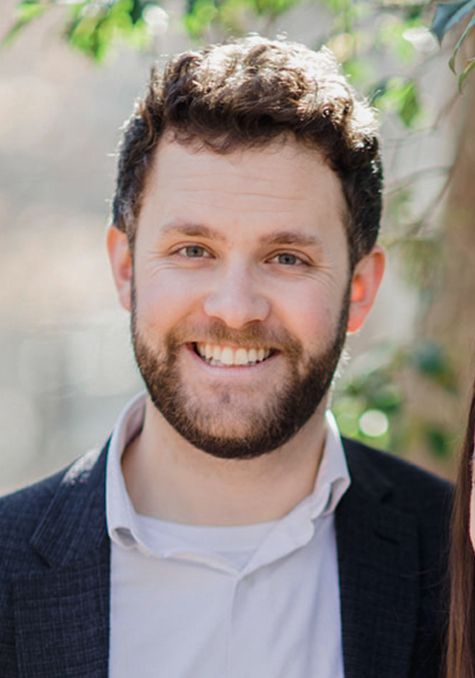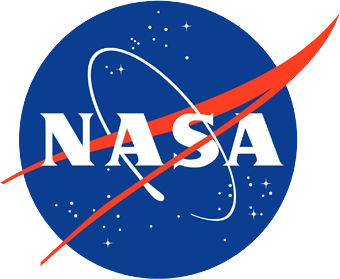Early Career Scientist Spotlight
Dr. John Ahlers
Astrophysicist
Exoplanets and Stellar Astrophysics Laboratory
What is your research focus?
I am currently investigating two science questions. The first is, "How do extrasolar planets end up in inclined or retrograde orbits, and why does this happen most often around stars more massive than the Sun?” I am currently using NASA’s TESS (Transiting Exoplanet Surveying Satellite) telescope to help connect observation and theory to understand the origins of planet orbit misalignment. Many theories have been put forward to explain how planet orbits can tilt to seemingly random orientations, and the next step is to test those theories with observation. Currently, about 160 exoplanets have had their inclination angles measured, but only a small fraction of those planets orbit stars more massive than the Sun where misalignment occurs most commonly. To improve our understanding of misalignment occurrence, I am surveying planets orbiting high-mass stars using TESS and measuring their alignment angles. My current project aims to double the number of known alignment angles around high-mass stars. With stronger misalignment demographics, we will be able to investigate:
- How often misalignment occurs.
- What the stellar mass cutoff is between mostly-aligned systems and mostly-misaligned systems.
- Whether orbital tilting angles around A/F stars are distributed randomly between 0º and 180º or whether they favor certain orientations.
- What tilting mechanisms are primarily responsible for causing misalignment.
The second science question I am investigating is, “How does rapid stellar rotation influence planet habitability?” Stars more massive than the Sun rotate very rapidly throughout their lifetimes, which changes the star’s shape and temperature. Previous research has shown that rapid stellar rotation can dramatically impact a planet’s equilibrium temperature and climate. I am currently conducting the first in-depth investigation as to how it can affect habitability. My research will help reveal:
- Whether A/F stars should be considered in the search for habitable worlds.
- How gravity-darkened seasons could influence Earth-like planets.
- Whether planet climates around rapid rotators are stable or chaotic.
Credit: Christopher Smith (NASA GSFC)
What is one space mission that you are particularly excited about, and why?
I specifically went to graduate school to work with data from NASA’s Kepler telescope, and I became a post-doc at NASA specifically to work with NASA’s TESS telescope. I am a huge fan of space-based exoplanet hunting telescopes, such as these, that have found thousands of new planets over the last decade. I am very excited about NASA’s Nancy Grace Roman telescope, which will also find thousands of new planets, but in a new and interesting way. Kepler and TESS both find planets by watching them transit in front of their host stars, but the Roman telescope will also find planets through a technique called microlensing, which will help us to discover new types of planets that have previously been very difficult to detect. I am very excited for Roman to not only discover many thousands of new planets, but specifically to discover types of planets we’ve never been able to find before.
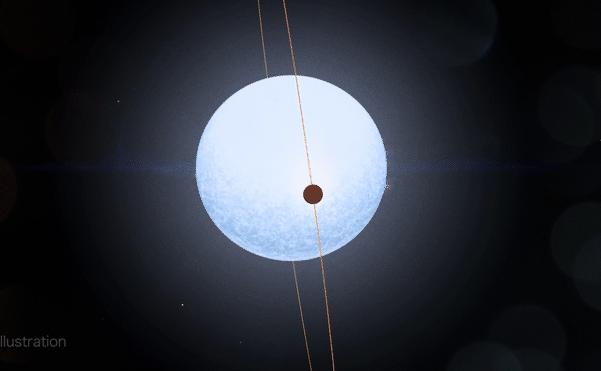
Credit: Christopher Smith (NASA GSFC)
What science fact consistently amazes you?
Lots of science facts amaze me, but one that stands out is how well radial velocity measurements work. Radial velocity is an observing technique where we measure whether a star is moving toward or away from us due its orbit around barycenter (i.e., around the center of mass between two orbiting objects), and we can measure that motion down to under 1 meter per second. We can look at an enormous object an absurdly far distance away and tell whether it is moving toward or away from us (within its system’s frame of reference) to a precision that is slower than the average person’s walking speed. I find that mind-blowing.
What research accomplishment are you most proud of?
I am super proud that my most recent paper was accepted for publication with no revisions. Normally the revision process is one of the least-fun parts of being a scientist, so getting to skip it for once was fantastic!
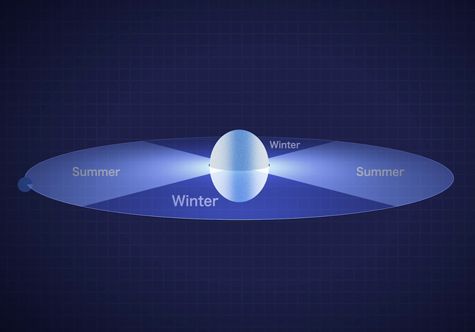
Credit: Christopher Smith (NASA GSFC)
If you were to expand your current research focus, what new topic would you explore?
I plan to get more into studying planet habitability. The current trend in exoplanets is to search for habitable worlds around M dwarfs because those are the types of stars where we can find planets residing within the habitable zone, but there is a lot of potential in searching for habitable worlds around larger stars as well. As the field of exoplanets matures and we get more proficient at finding small planets with long orbital periods, we’ll hopefully find more terrestrial planets in the habitable zones of Sun-like and more massive stars. I consider these yet-to-be-discovered planets the best possible targets for finding evidence of extrasolar life.
What do you enjoy the most about your job?
I really enjoy getting to travel for work. During my career, I’ve gotten the opportunity to travel to conferences in Iceland, Hawaii, the Azores, and many other fantastic places. It’s always such a positive experience to get to learn about new cultures. Work trips are also highly motivating for me, both because it gives me something to look forward to and because it gives me deadlines that encourage me to complete projects. I am optimistic that 2022 will be packed with in-person conferences and other work-related travel.
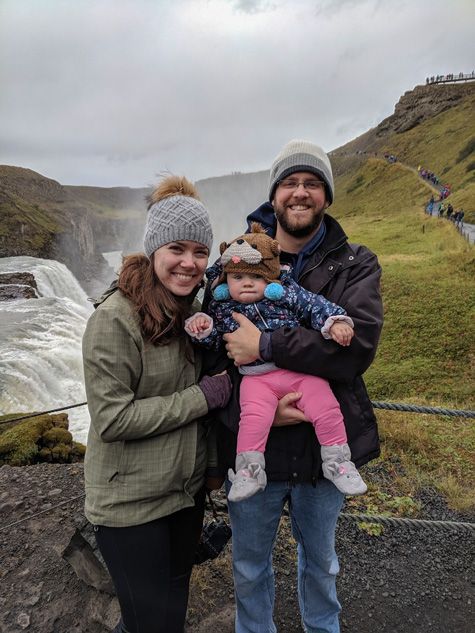
Credit: John Ahlers
What early career advice do you have for those looking to do what you do?
I’ve found throughout my career that one of the most valuable skills a scientist can have is the ability to finish projects. For an undergraduate student looking to get into graduate school, having research experience on your application is great, but even more valuable than that is having a completed project on your application because it demonstrates that you were involved in a successful project in a meaningful way. I strongly encourage aspiring scientists to pursue opportunities that will yield tangible items of accomplishment that can be listed on a CV, such as co-authorship of a paper, a presentation at a conference, carrying out an outreach/education program, or being listed on a patent. For a graduate student looking for a post-doc position or other employment, completing projects and getting published is the number one way to demonstrate to potential employers that you are ready for the next stage of your career. As a post-doc with a lot of independence in their research, it is very easy to start new projects. Starting new projects is a lot of fun! Finishing them often requires motivation and focus, and again will be one of the main benchmarks you are judged by when applying for future funding or employment.
Biography
Home Town:
Playas, New Mexico
Undergraduate Degree:
BS in Physics, Gonzaga University, Spokane, Washington
Post-graduate Degrees:
PhD in Physics, University of Idaho, Moscow, Idaho
